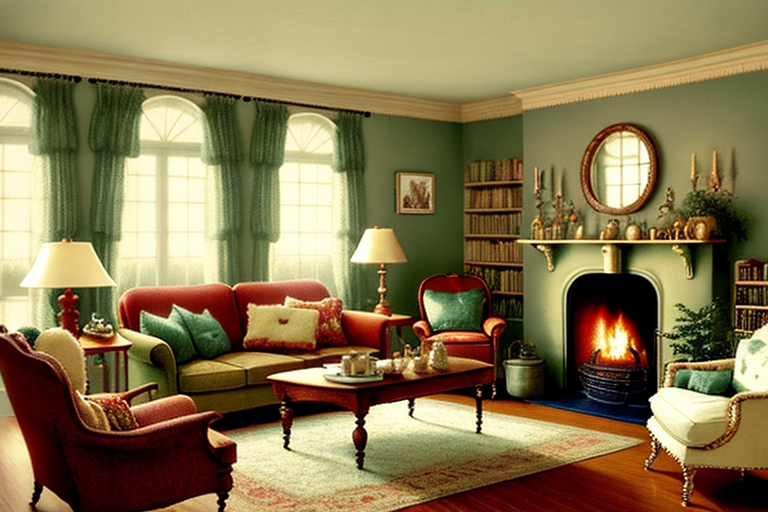
Introduction
- Discuss the importance of patterns and textures in interior design and their ability to add depth and character to a space.
- Highlight the growing trend of combining different patterns and textures to create visually dynamic interiors.
Understanding Patterns and Textures
- Provide an overview of different types of patterns (e.g., geometric, floral, abstract) and textures (e.g., rough, smooth, tactile).
- Explain how patterns and textures can influence the mood and atmosphere of a room.
Guidelines for Mixing Patterns
- Offer practical guidelines for mixing patterns effectively, including:
- Start with a focal point and build around it.
- Choose a cohesive color palette to tie patterns together.
- Vary the scale of patterns for visual interest.
- Balance bold patterns with more subtle ones.
- Incorporate solid colors as buffers between patterns.
- Use texture to add depth and contrast to a patterned scheme.
Exploring Textural Elements
- Dive deeper into the world of textures and their role in interior design, including:
- Natural textures like wood, stone, and leather.
- Fabric textures such as velvet, linen, and silk.
- Textured finishes like matte, glossy, and metallic.
Case Studies and Inspirations
- Showcase real-life examples of spaces that successfully mix patterns and textures, highlighting unique design choices and creative combinations.
- Provide inspiration from interior designers and stylists known for their skillful use of patterns and textures.
Conclusion
- Summarize the key principles of mixing patterns and textures in interior design.
- Encourage readers to experiment with patterns and textures in their own homes, using the guidelines provided to create visually stunning and personalized spaces.
